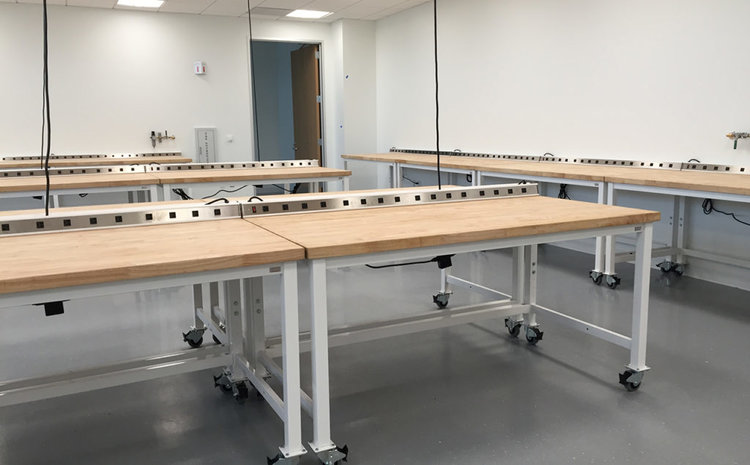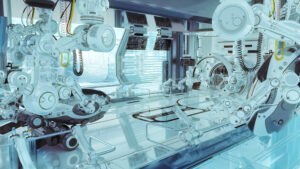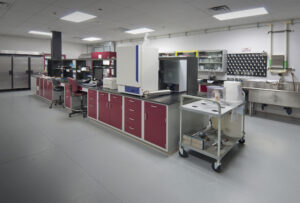
Genie Scientific offers a wide range of standard items, but also excels in customizing materials for your lab. With the backbone of skilled craftsmanship and the daily exciting to push beyond our comfort zone, Genie can build your lab to suit the exact specifications you desire. Made-to-order designs, like anything else have a pricing process enabling you full transparency with your purchase. Below a Genie Scientific estimator, James DiLorenzo has answered several questions about our pricing process at Genie.
How does the process begin?
It starts with a sales lead from our team. They determine what the customer is looking for, i.e. something custom or not. We chart all of our sales activity, then I generate a price to give the customer so they can decide whether or not they want to do business with us.
Next, we start something called “the take off”. The customer will write out all the equipment or we’ll look at drawings the customer provided and get dimensions. Based on what they want, we start filling in the blank with items they desire. Here we’re using our expertise to ascertain what items fit within the confines of the room and we write out what they want. From there I enter this information into our accounting software and pull prices, or make custom prices based on if something is normal or niche. I dial in the pricing worksheet and include margins based on engineering, if it’s outsources or in-house, the quantity, as well as lingering details like freight/crating . These details get added up to a final price that the customer can act on.
Are there any other variants that you take into account when pricing steel designs?
Before tax, everything is material and labor. Say it’s a standard cabinet, we have a built in price for that since we make it often. But if its something with specific dimensions, I go in and find price materials and add our standardized labor rate and overhead. Once we add material and labor, we add our markup and tax. Then we need to account for consultations, architectural drawings and submittals, engineering, crating and securing of the product for delivery, freight, and depending on the project size we charge for site visits.
Tell me more about estimating cost for fume hoods–
A lot of the time, customers will ask for one of two types of fume hoods: bench top and walk-in fume hoods. We have standardized lines for both and often customers request fume hoods that meet these parameters. We have 3-8ft bench top and walk-in fume hoods.
At what point does a fume hood become a custom project?
If the project is not within our standardized height and depth or requires different materials, it becomes a custom item. If it’s explosion proof, if they want certain types of doors, if they want certain types of electrical plumbing fixtures, we design it. I should also mention that if someone is buying a bench top fume hood, we provide base cabinets at a cheaper cost.
Other custom designs include a variety of saches. The sache is the door or opening for the fume hood. We offer vertical sliding or horizontal rising saches and we offer combination saches that have sliding glass windows on a vertical rising window. We do different types of liners, steel and resin, chemical and heat resistant, based on what the customer is working with. We also offer electrical fixtures that we can prewire into the hood. Plugs, light switches, plumbing lines for water, air, and different gases.
Any other information you’d like to share about Genie?
Just to advise prospective clients that we may not be as big as companies in the Midwest, but because of that we have a more hands on approach to our projects and are fortunate enough to work with an incredibly skilled team. We are used to creating things that are outside of our comfort zone, so no project is too small or too big for us to tackle.




